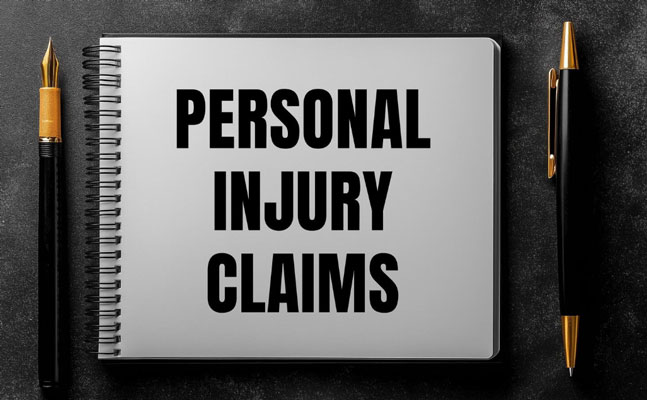Filing a personal injury claim in San Francisco is not something you want to take lightly, but you also don’t need to feel intimidated by it. The process does have several steps, and it does require patience and attention to detail.
San Francisco’s dense traffic, steep hills, busy intersections, and high number of pedestrians and cyclists all make personal injury claims a regular part of life in the city. Whether it’s a rideshare accident in SoMa or a slip and fall in a crowded shop near Union Square, no two cases are exactly the same.
Even though the idea of filing a claim sounds simple – someone hurt you, so they should pay for it- the actual process can be overwhelming.
That’s why having the right legal support matters. With the guidance of a good personal injury lawyer, the process doesn’t have to be a guessing game. If you’re in the city and need to talk with someone in person, you can always reach out to the J&M San Francisco office for help getting started.
The PI Claim Filing Process
Here is a breakdown of the steps involved in filing a PI claim:
Start by getting medical help
The first thing you need to do is see a doctor. A lot of people have adrenaline running after an accident, and that can hide symptoms for hours or even days.
Medical evaluation is also the first major piece of your personal injury claim. Medical records are the foundation of your case. They show exactly what kind of injuries you have, how serious they are, and what kind of treatment you need.
If you wait too long to get checked out, insurance companies might use that against you. They could say your injuries aren’t serious or that something else caused them. But if you went to a doctor right away, that’s clear evidence that ties your injuries directly to the accident.
Talk to a personal injury lawyer early on.
Once you’ve gotten medical care, the next thing you should seriously think about is hiring a personal injury lawyer. Now, technically, you don’t have to have a lawyer. You could file a claim on your own. But the honest truth is that most people who go it alone end up with way less money if they get any at all. Insurance companies are trained to protect their own interests, not yours. They’ll look for any reason to pay less or deny your claim entirely.
When you have an experienced attorney on your side, that changes the game. They know how to deal with insurers. They know how to put pressure in the right places and how to spot when you’re being lowballed. And they’ll take care of the complex stuff (filing paperwork, dealing with deadlines, keeping track of everything), so you don’t have to carry that weight by yourself.
They’ll start by officially notifying the insurance companies and any other parties involved that you’re filing a claim. Sometimes, that’s enough to trigger a quick settlement. Other times, there’s more back and forth.
Stick to your treatment plan and keep every document
Once your claim is filed, your job is to focus on healing and proving that you’re doing everything you can to recover. It’s your duty to show up for every doctor’s appointment, stick to your physical therapy schedule, take your medications, and follow through with every bit of care your providers recommend.
If you skip appointments or go weeks without treatment, that can hurt your case. Consistency shows that you’re taking your injuries seriously.
Also, keep everything. Any bill, prescription receipt, doctor’s note, or MRI result, just save it all. Even emails from your doctor or letters from your insurance company. These documents are your proof. Your lawyer will need them to show how the injury affected your life, your wallet, and your ability to work.
When it’s time to settle or go to trial
Eventually, you’ll reach the point where your treatment is mostly finished, or at least your condition has stabilized enough to start talking numbers. This is when your lawyer will calculate the full extent of your damages (your medical bills, your lost income, the pain you’ve experienced, and more). Then, they’ll negotiate with the other side to try to reach a fair settlement.
Most of the time, claims are settled out of court. It saves time, stress, and money for everyone involved. But if the other side refuses to offer a fair deal, your case might need to go to trial. That’s when it really turns into a legal battle.
Your lawyer will present your evidence, question witnesses, and argue your case in front of a judge or jury. It’s a longer process, but it can lead to a better result if the insurance company just won’t budge.









